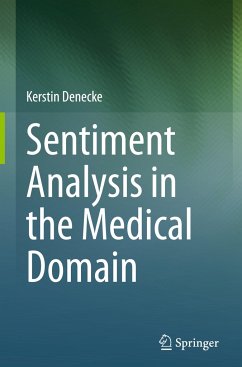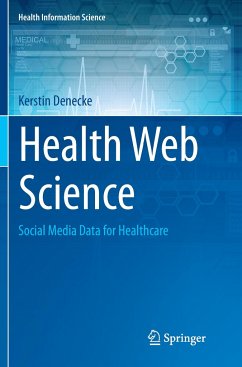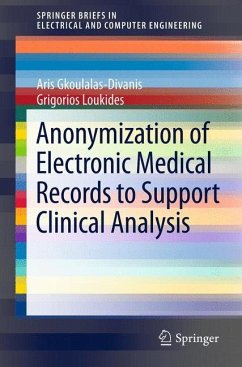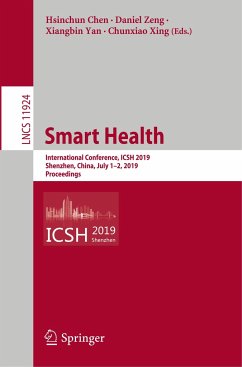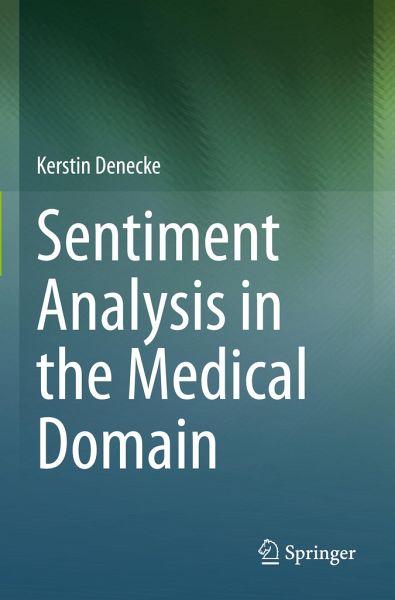
Sentiment Analysis in the Medical Domain
Versandkostenfrei!
Versandfertig in 6-10 Tagen
129,99 €
inkl. MwSt.
Weitere Ausgaben:

PAYBACK Punkte
65 °P sammeln!
Sentiment analysis deals with extracting information about opinions, sentiments, and even emotions conveyed by writers towards topics of interest. Medical sentiment analysis refers to the identification and analysis of sentiments or emotions expressed in free-textual documents with a scope on healthcare and medicine. This fascinating problem offers numerous application areas in the domain of medicine, but also research challenges. The book provides a comprehensive introduction to the topic. The primary purpose is to provide the necessary background on medical sentiment analysis, ranging from a...
Sentiment analysis deals with extracting information about opinions, sentiments, and even emotions conveyed by writers towards topics of interest. Medical sentiment analysis refers to the identification and analysis of sentiments or emotions expressed in free-textual documents with a scope on healthcare and medicine. This fascinating problem offers numerous application areas in the domain of medicine, but also research challenges. The book provides a comprehensive introduction to the topic. The primary purpose is to provide the necessary background on medical sentiment analysis, ranging from a description of the notions of medical sentiment to use cases that have been considered already and application areas of relevance. Medical sentiment analysis uses natural language processing (NLP), text analysis and machine learning to realise the process of extracting and classifying statements regarding expressed opinion and sentiment. The book offers a comprehensive overview on existingmethods of sentiment analysis applied to healthcare resources or health-related documents. It concludes with open research avenues providing researchers indications which topics still have to be developed in more depth.



